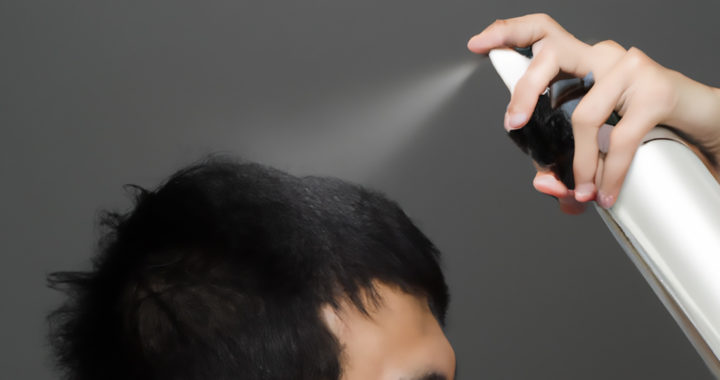Topical minoxidil is an over-the-counter medication that has been used in treating androgenetic alopecia and promoting hair growth. It comes in either a water-based solution or a foam-based formulation. Several studies have investigated and demonstrated its effectiveness against male pattern hair loss and female pattern hair loss.
A Quick Guide to the Proper Use of Topical Minoxidil for Treating Hair Loss and Promoting Hair Growth
Maximizing the effectiveness of topical minoxidil requires its proper use and applications. The following is a definitive guide and a list of critical reminders for the proper use of this medication to treat hair loss and promote hair growth:
1. Get a Proper Diagnosis First: There are different types of hair loss. Topical minoxidil works in treating androgenetic alopecia but it is ineffective in treating hair loss due to other causes or due to alopecia areata, telogen effluvium, and scarring alopecia. It is important to consult a dermatologist first to get a more accurate diagnosis and determine if minoxidil is the best medication for your condition.
2. Buy the Most Suitable Product: It comes in different strengths at 2 percent or 5 percent solution and in various forms such as water-based and foam-based leave-on products, as well as in rinse-off shampoo or conditioner formulation. The water-based solution is the most available form but it comes with ethanol and propylene glycol. These two ingredients are potential irritants and some people might be better off choosing a foam-based formulation to avoid irritating the scalp.
3. Clean and Dry Hair and Scalp: The best time to use topical minoxidil is after taking a bath or washing the hair. It is important to use this medication on clean and dry hair and scalp. Grease and dirt or residues from hair products such as gels and wax might prevent maximum absorption and effective delivery to the targeted area.
4. Directly Apply to Targeted Areas: Another important reminder when it comes to the proper use of minoxidil is to apply it directly to areas where there is pronounced hair loss or hair thinning. These may include but are not limited to the hairline and topmost part of the scalp of men and women.
5. Avoid Exposing Unwanted Areas: It is also best to avoid exposing unwanted or unintended areas. One of the downsides of topical minoxidil is that it can cause excessive hair growth on other parts of the body. These include the face and the neck, the ears, and the chest area. Avoid the eyes, nose, and mouth, as well as open wounds and superficial cuts. Flush the areas thoroughly with cool tap water if unwanted exposure occurs.
6. Let the Solution Dry After Application: Allow the solution to dry for 2 to 4 hours after application. Topical minoxidil can stain pillowcases, beddings or linens, and head accessories such as hats. Do not wash your hair for 4 hours to allow minoxidil to get absorbed. Avoid using a hair dryer or curling and straightening iron after application. Heat can break down the formulation and render it less effective. It is also important to wash exposed areas such as hands thoroughly with soap and water.
7. Use Regularly and Continuously: Read the label of the particular product you have bought and follow the instructions. Some brands recommend using topical minoxidil twice a day within a 12-hour interval. Remember that its effectiveness will take months and it is important to use it continuously even when excessive hair loss ceased and hair growth has become more pronounced.
8. Watch Out for Signs of Adverse Reactions: Stop using the medication if itchiness or irritation occurs. It is also important to watch out for other signs of adverse reactions such as flaking of the scalp, further hair loss, skin abrasion, swelling of the face, rapid heartbeat, or lightheadedness. It is important to consult your dermatologist or doctor if adverse reactions or unwanted effects occur.





